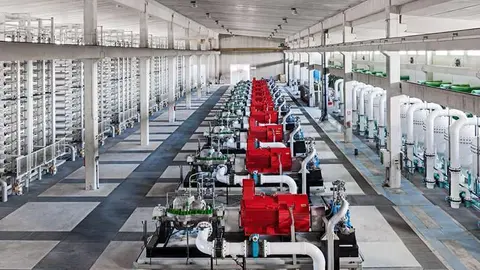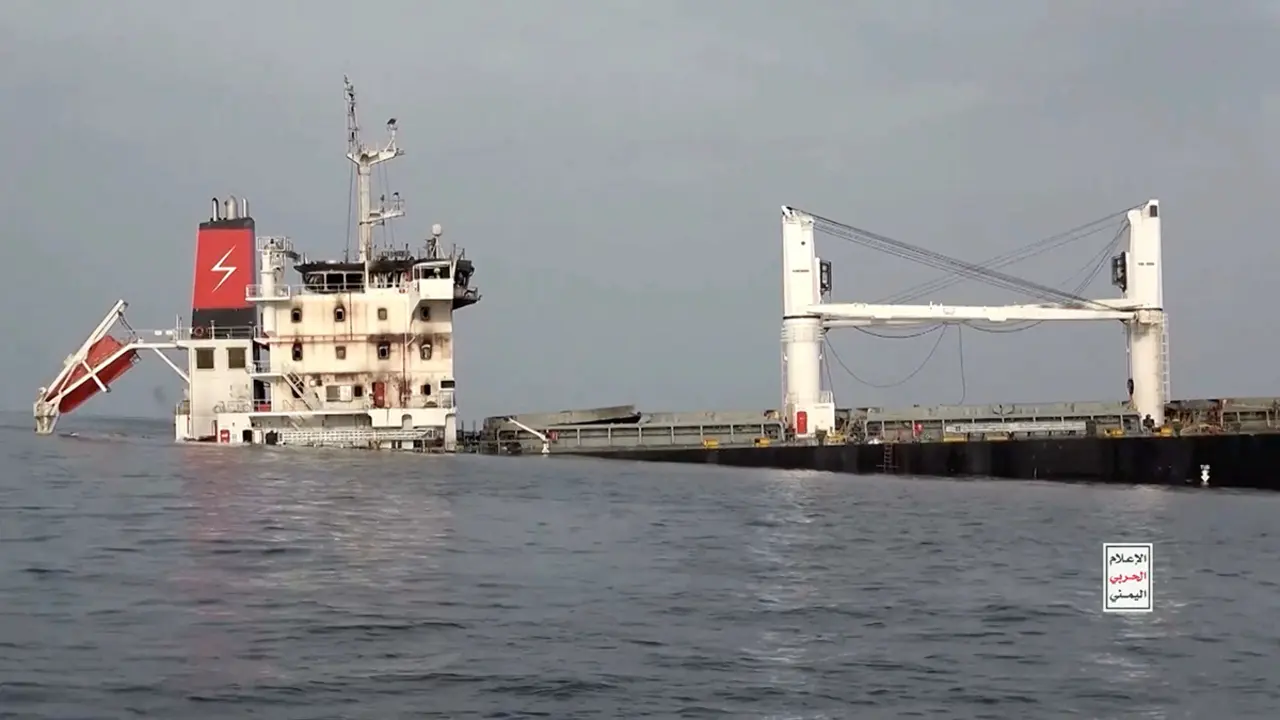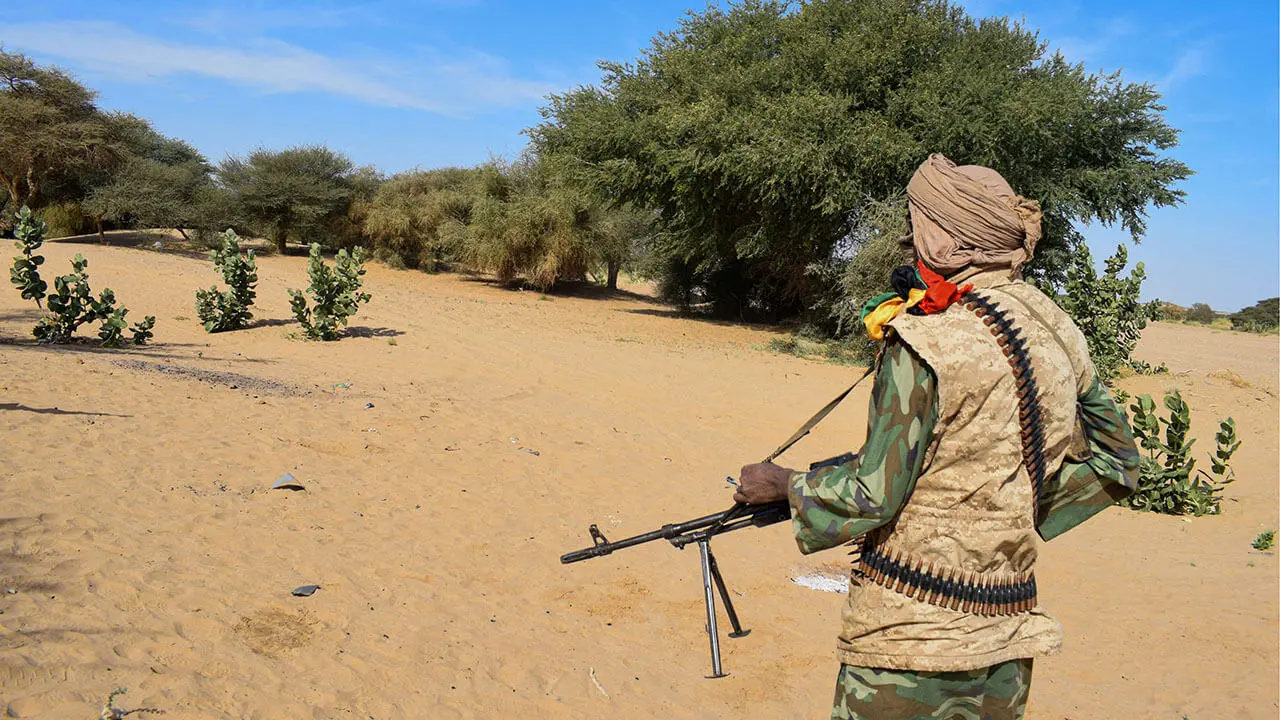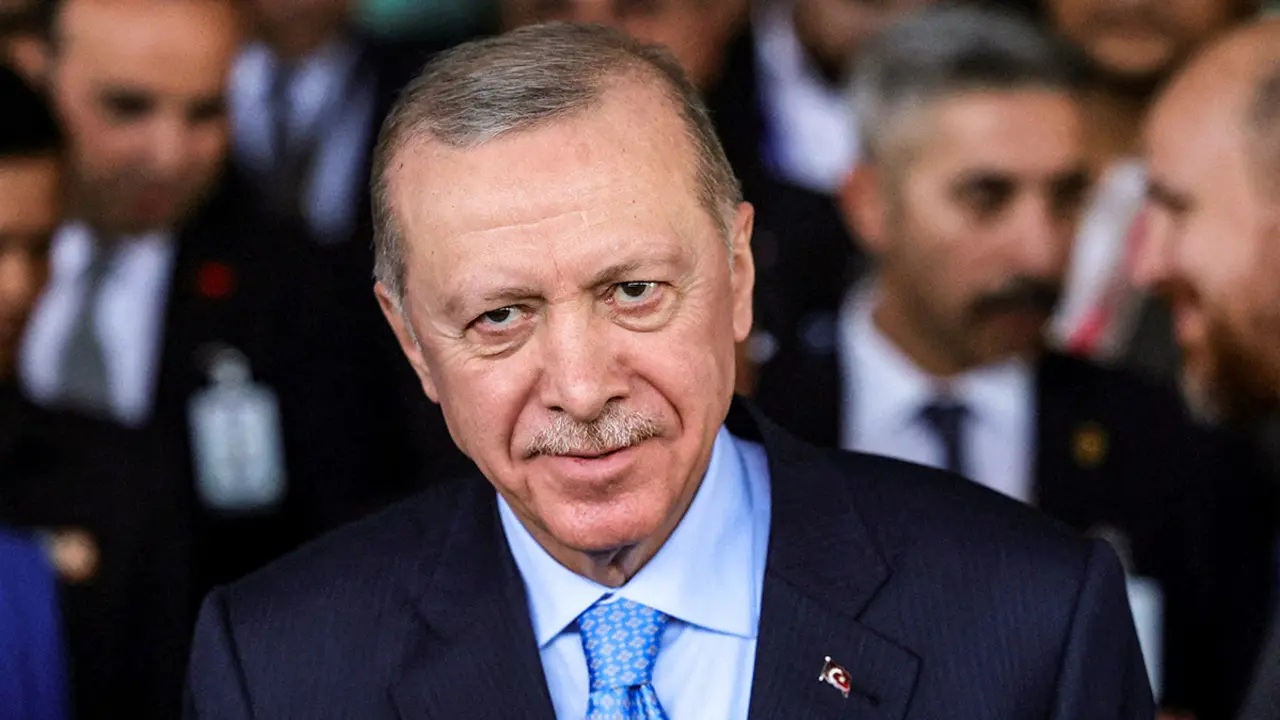Moulay El Hassan inaugurates construction of Casablanca's large desalination plant

- New desalination plant to improve water supply
- All about the Casablanca seawater desalination mega-project
Crown Prince Moulay El Hassan inaugurated on Monday, in the commune of Lamharza Essahel, in the province of El Jadida, the construction of the Casablanca seawater desalination plant, which will be the largest plant of its kind in Africa, with an annual production capacity of 300 million m3 and an estimated population of 7.5 million inhabitants.
This project is part of the interest and the great consideration that King Mohammed VI attaches to the strategic issue of water, especially in the current context marked by a significant rainfall deficit and a very strong pressure on conventional water resources in the various regions of the Kingdom.
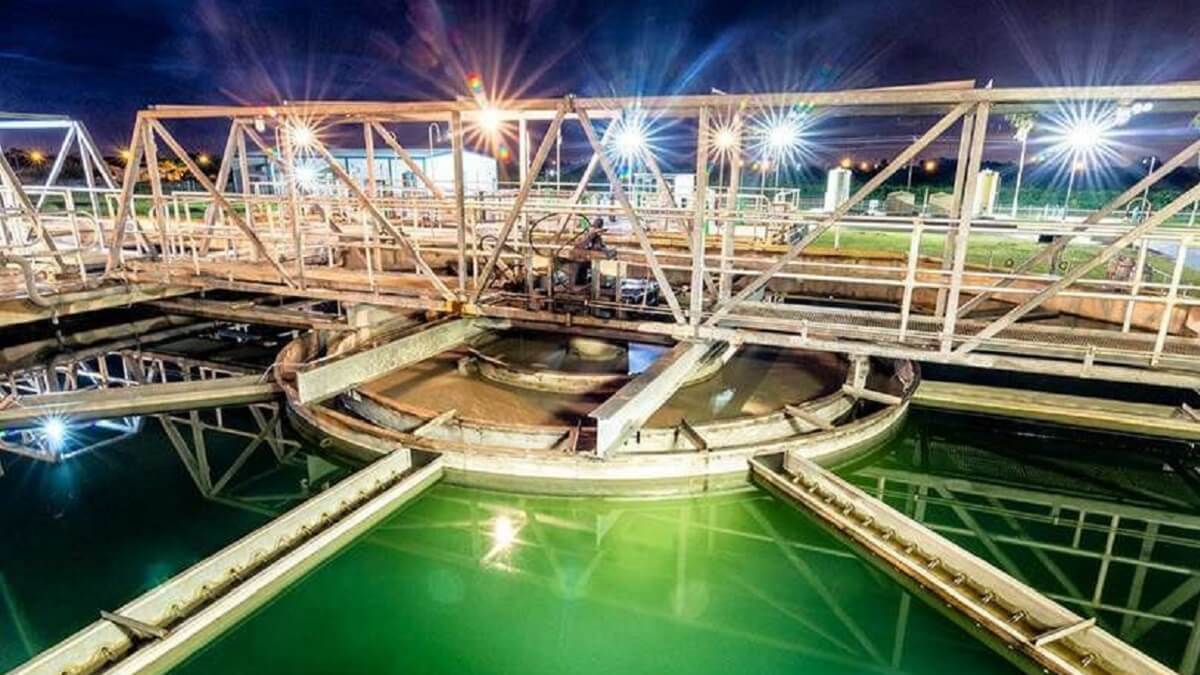
New desalination plant to improve water supply
The plant is an integral part of the "Improvement of water supply" plan; as the main axis of the National Drinking Water Supply and Irrigation Programme 2020-2027, launched in 2020 by the Moroccan monarch, at a total cost of 14.3 billion euros.
أشرف صاحب السمو الملكي ولي العهد #الأمير_مولاي_الحسن، بجماعة المهارزة الساحل (إقليم الجديدة)، على إعطاء انطلاقة أشغال إنجاز #محطة_تحلية_مياه_البحر للدار البيضاء، الأكبر من نوعها على مستوى القارة الإفريقية، ستستفيد منها ساكنة تقدر بـ 7,5 مليون شخص pic.twitter.com/7xV8e9sGeS
— Leɛyun 🇲🇦 ۞ (@5_ersito) June 10, 2024
The future plant, to be implemented through a public-private partnership (650 million euros) on a 50-hectare site, will meet the growing demand for water in Greater Casablanca, Settat, Berrechid and Bir Jdid and neighbouring regions.
In a first phase, scheduled for the end of 2026, the plant will have a capacity of 548,000 m3 of treated water per day (200 million m3 per year), expandable in a second phase (scheduled for 2030) to 822,000 m3 per day, i.e. an additional 100 million m3 per year, including 50 million for agricultural use.

All about the Casablanca seawater desalination mega-project
This major project includes the construction of a reverse osmosis seawater desalination plant and the installation of a transport system for the drinking water produced, comprising:
- Three pumping stations.
- Three storage tanks.
- A distribution network of almost 130 kilometres of supply pipes.
This drinking water transport system will require a budget of 300 million euros financed with public funds.
The seawater desalination mega-project aims to reinforce and secure the supply of drinking water to part of the Casablanca-Settat region.
It will also supply desalinated water on behalf of another operator to meet the irrigation needs of an area of 5,000 hectares.
The site chosen for the future plant is located south of Casablanca, near the centre of Bir Jdid, 40 kilometres from Casablanca, 50 kilometres from El Jadida and 65 kilometres from Settat, on a 50-hectare site that is accessible and open to the coast.
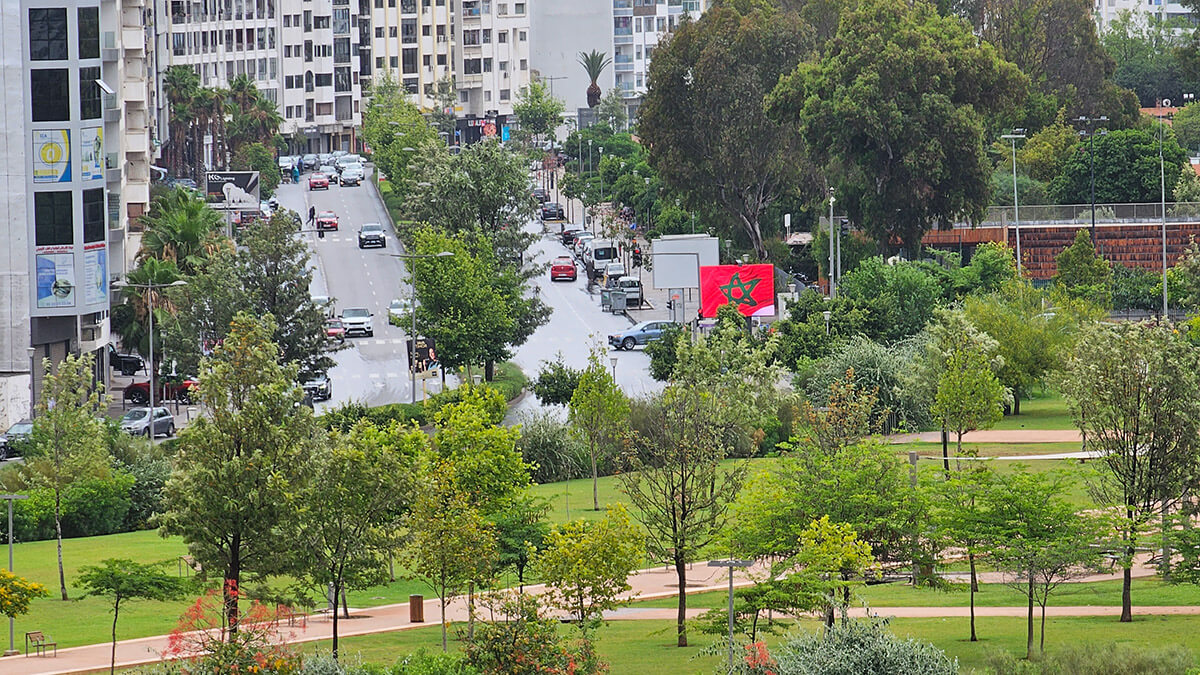
According to the National Office of Water and Electricity (ONEE), the project consists of designing, financing, constructing and operating, over a period of 30 years (divided into 3 years for construction and 27 years for operation), including the maritime works for the intake and discharge of seawater, as well as its power supply, essentially from renewable energy sources.
The project consists of three sub-components: the seawater intake and discharge structures; the seawater desalination plant; and the supply of renewable energy through self-production solutions (solar, wind or other).
This state-of-the-art seawater desalination plant will consist of two 1,850 m long seawater intake pipelines, a 2,500 m long outfall, reverse osmosis desalination facilities (pressure filters and microfilters), a sludge treatment unit, a control and management centre, and pumping and storage stations for the drinking water produced.
The production system will be fully automated and remotely controlled, according to ONEE, to ensure optimisation of operating and energy costs, as well as real-time monitoring of the quality of service and the performance of the station, reaching an estimated drinking water production cost of 4.48 DH/m3.

